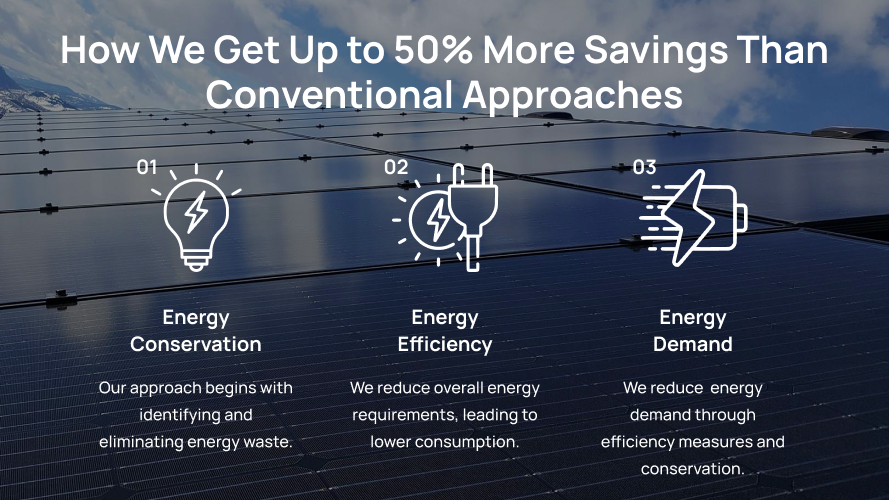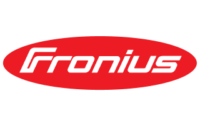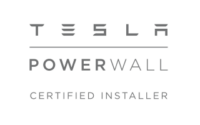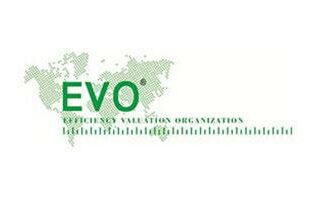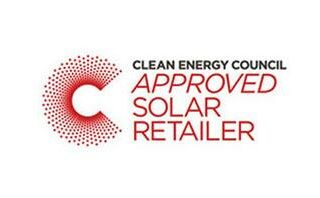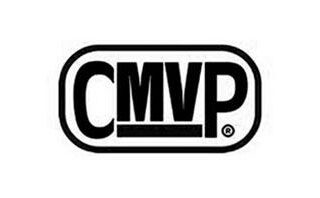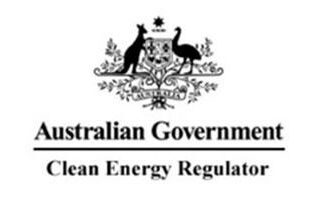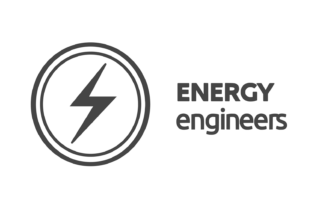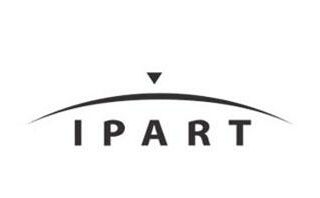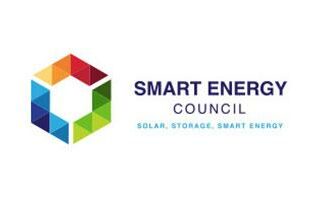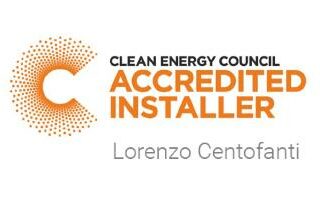Trusted by
State Of The Art 500kW Solar Systems
Did you know the cost of electricity can come down to just 3c per kWh with a 500kW solar system?
The right 500kW solar system can save your business between $90,000 and $180,000 per year.
With Sustainable Savings on your team, you can harness South Australia’s abundant sunlight to generate clean and sustainable electricity for your business or organisation.
Our state-of-the-art solar solutions offer efficient energy production, reducing your carbon footprint and energy costs simultaneously. The 500kW capacity ensures substantial power generation, suitable for large-scale applications. From industrial complexes to commercial ventures, our solar systems guarantee reliable performance and long-term savings.
Enjoy the benefits of increased energy independence and take greater control over your organisation’s costs with a 500kW system tailored to your needs.
For more information or an obligation-free quote, reach out on (08) 7120 6366 today.
What Are The Best Types Of 500kW Solar Systems?
The best types will come down to your specific needs.Consider the following options:
Fixed-Tilt Solar Arrays: These systems have a fixed angle optimised for the region’s sunlight conditions. They are cost-effective and require minimal maintenance.
Single-Axis Tracking Systems: These systems follow the sun’s path throughout the day, maximising energy production. They’re ideal for locations with varying sun angles.
Bifacial Panels: These panels capture sunlight from both sides, increasing energy generation. They work well in spaces with reflective surfaces, enhancing overall efficiency.
String Inverter Systems: Common and reliable, these systems convert DC power from panels to AC power for use in your facility.
Central Inverter Systems: Suitable for large installations, these central inverters offer efficiency and performance benefits for significant power outputs.
Microinverter Systems: These inverters are installed on individual panels, optimising energy production from each panel and providing better performance in shaded areas.
Battery Storage Integration: Adding battery storage to your solar system can enable energy storage for use during low-sunlight periods, enhancing energy self-sufficiency.
When selecting a 500kW system, consider factors like available space, budget, energy consumption patterns, and site-specific conditions to determine the best fit for your needs.
What Factors Affect 500kW Solar System Cost?
The cost in South Australia can vary based on several factors, including the type of system, the quality of components used, installation complexity, and additional features such as energy storage.
Here are the key factors that can affect the cost:
1. Solar Panel Type: The type of solar panels you choose (e.g., monocrystalline, polycrystalline, thin-film) can impact the cost. High-efficiency panels may cost more upfront but could provide better long-term performance.
2. Inverter Type and Quantity: The type and number of inverters used with the system can affect the cost. High-quality inverters may come at a higher price but can offer better performance and durability. A 500kW system will typically require multiple inverters.
3. Panel Efficiency: More efficient panels can generate more electricity in less space, potentially reducing the number of panels needed but increasing the initial cost.
4. Quality and Brand: Reputable manufacturers may charge higher prices for their products, but they often come with better warranties and long-term reliability.
5. Installation Costs: Labor costs for installation, including permits, labor, and equipment, are a significant portion of the total cost. Large-scale installations may have economies of scale, but they can still be complex and require specialized labor.
6. Location and Site-specific Factors: Site-specific factors, such as roof condition, shading, roof orientation, and local weather patterns, can impact the installation process and costs. A detailed site assessment may be necessary to determine the feasibility of the installation.
7. Government Incentives: Check for available incentives at the state and federal levels, as they can change over time. Larger systems may be eligible for greater incentives.
8. Financing Options: The financing method you choose (e.g., upfront purchase, solar lease, power purchase agreement) can influence the cost structure and overall financial implications of the system. Large systems may have more financing options available.
9. Electricity Tariffs: The current cost of electricity from the grid and the specific feed-in tariffs or net metering arrangements in Adelaide can affect the financial benefits of the solar system.
10. Local Regulations and Permitting: Complying with local regulations, securing permits, and meeting safety standards can add to the cost and time required for installation.
Reach out on (08) 7120 6366 today for a custom obligation-free quote.
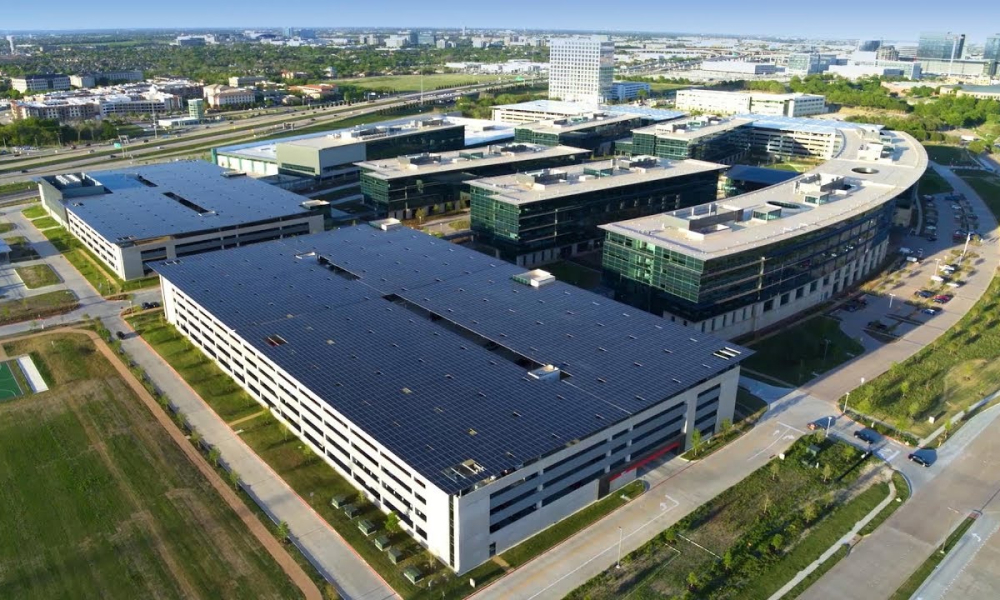
500kW Solar System Benefits
Significant Energy Generation: A 500kW system has a substantial capacity to generate electricity, making it suitable for powering large commercial and industrial facilities, and reducing reliance on grid power.
Cost Savings: By producing your electricity, you can significantly reduce or even eliminate your electricity bills, providing long-term cost savings and protection against rising energy prices.
Environmental Impact: Generating solar power reduces greenhouse gas emissions and your carbon footprint, contributing to a cleaner environment and sustainable future.
Return on Investment (ROI): While the initial investment may be significant, the ROI over the system’s lifespan can be substantial due to savings on energy bills and potential government incentives or feed-in tariffs.
Energy Independence: A 500kW system provides a high level of energy independence, reducing reliance on traditional energy sources and enhancing your organisation’s resilience.
Positive Brand Image: Embracing solar power showcases your commitment to sustainability, attracting environmentally conscious customers and partners, and enhancing your brand’s reputation.
Government Incentives: Depending on the current policies, you might be eligible for government incentives, grants, or rebates that can help offset the initial installation costs.
Low Maintenance: Solar systems have minimal moving parts, requiring little maintenance. Regular cleaning and occasional inspections are usually sufficient to ensure optimal performance.
Long Lifespan: Quality solar panels can last 25 years or more, providing a stable energy source for decades.
Reduced Peak Demand Charges: Solar power generation can help lower peak demand charges that commercial and industrial users often face.
What Is The Installation Process For A 500kW Solar System?
